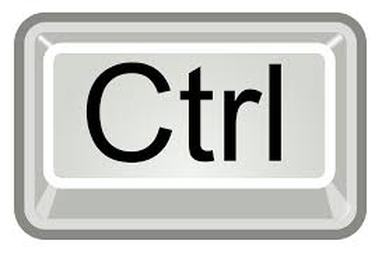|
Bear with me for a minute.
Let’s say there’s an email type that you write regularly, maybe three times per week. Maybe it’s a report that has the same format each time. Even if it takes you only 5 minutes to compose that email, that’s 15 minutes per week. Doesn’t sound like a lot does it? It’s 0.6% of your week, no big deal, right? Wrong. That’s roughly 12 hours per year (taking out 2 weeks for holidays and 2 weeks for vacation) just for one report email. If you have routine 8 tasks that take you 15 minutes per week, that 96 hours (or almost two-and-a-half weeks of work) that you spend completing those mundane to-dos per year. Take the time from 15 minutes per week down to 5 minutes per week and you’ll save yourself 8 hours per year on each tasks (from 12 hours to 4 hours annually). That’s a huge time savings. Annually, if you cut the time on all 8 routine tasks, you will only spend 32 hours per year on these kinds of things. What could you do with an extra week-and-a-half of work time? What important projects could you launch that you never seem to get around to? What contacts could you make? What donors could you re-ignite with passion for your organization's mission? Which brings me to my Tuesday’s Tip. Always use cut and paste (whenever possible). If you send a routine email, never re-compose it fresh. Pull up the old email and set it to forward. Then just remove all signs that you are re-purposing the previous text and then put in the up-to-date information. Better yet, keep a word document with the language for the routine email in it and paste your template into an email anytime you need it. And this is not just for reports. If you must routinely ask donors for a meeting, or try to get staff to fill out a poll to settle on a meeting time, just create a template and customize it each time. Also, you’ll save yourself time and headaches if you cut and paste file names and just put the correct date on the end. This makes files easy to organize and you can just CRTL-C and CRTL-V your way through it when you are saving files. A side benefit to this method is that you will make few mistakes. You’ll have fewer typos because you will have proofread your template many times. And the template will serve as a checklist of sorts that prevents you from forgetting something important. This may seem impersonal but it is anything but if you do it right. Instead of spending time trying to re-invent the wheel each time, you can spend half of that time really thinking through how you want to customize this message for that donor or colleague or situation. More time on personalization and less time on merely typing. Yes! That’s donor-centric and makes you a better steward of one of your organization’s most important resource – your own time. Comments are closed.
|
Jessica Cloud, CFREI've been called the Tasmanian Devil of fundraising and I'm here to talk shop with you. Archives
June 2024
Categories
All
|


 RSS Feed
RSS Feed
